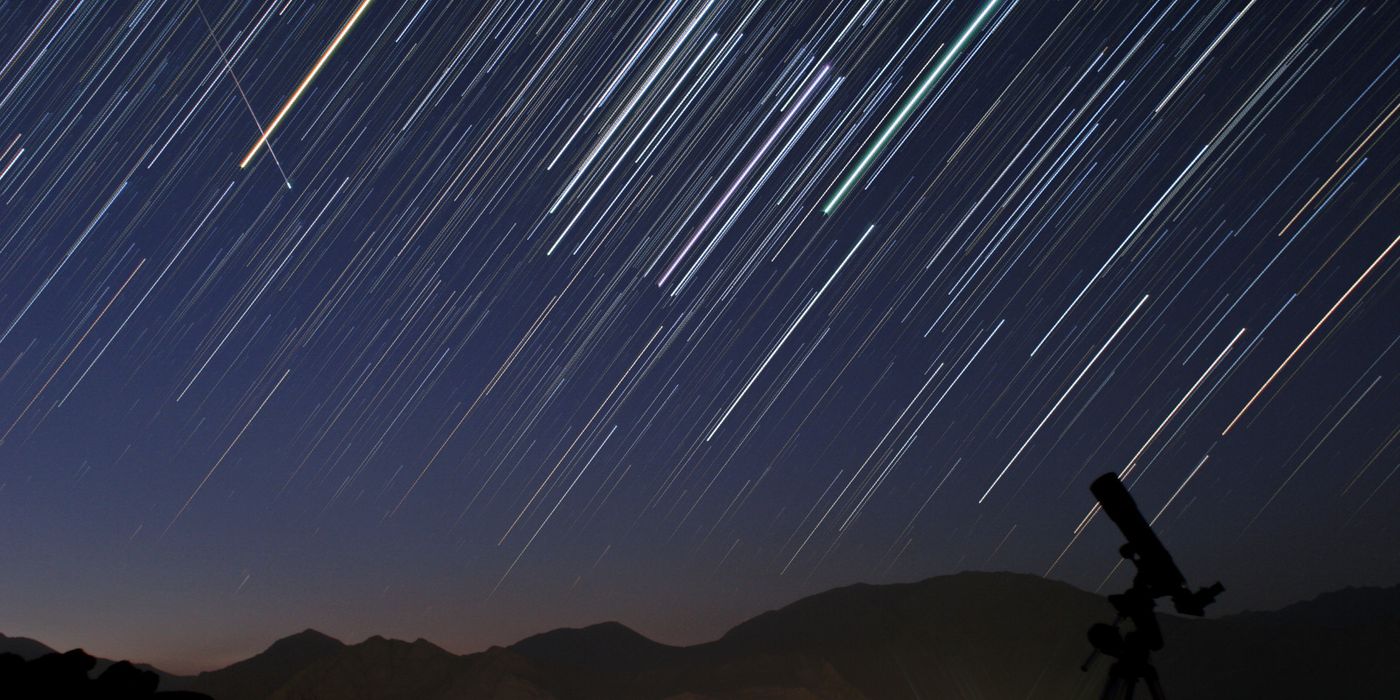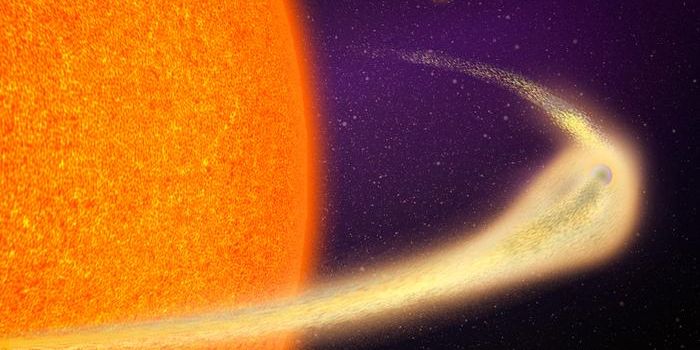Halloween Fireballs to Be Visible in the Night Skies for the Next Two Weeks
Outer space is one of the most fascinating things right above our heads, and yet, we know very little about it. Nonetheless, we can always take out our telescopes and other eye-aiding equipment to get a closer look at the things further out there, whether it’s our Moon, neighboring planets, distant galaxies, or even stars.
Even more interesting about outer space is that sometimes it puts on rare shows for us that we can watch. Some of the shows occur more often than others, whether it’s a lunar eclipse, meteor shower, the Aurora Borealis, or other phenomenon, you can count on something interesting happening at least a few times in your lifetime.
On Halloween, we’re expecting an asteroid to pass very close to Earth; nearly 1.3 lunar distances away, but this isn’t going to be the only observable fascination to see in the skies this month. As it turns out, some may also get to view a beautiful meteor shower within the next couple of weeks as the Earth makes its way through the debris of Comet Encke. This happens annually through the months of September, October and November and is famously known as the Taurid Meteor Shower.

NASA notes that the passage of Earth into these debris happens only once every year between the months of September through to November, but sometimes the meteor shower shows aren’t as active as other years. NASA predicts that this year, the meteor shower will be highly active and there will be a nice show to watch.
The meteor showers are best seen after midnight when the constellation Taurus is visible near the Earth’s horizon. Moonlight, as well as other light sources, can cause light pollution that makes seeing these spectacular sights difficult, so you’ll want a nice dark and clear sky to see the show. Most of what you see in the meteor shower will be burning up in the atmosphere before it can even make landfall.
“The annual Taurid meteor shower is going on right now, and we are seeing steady activity in our meteor cameras,” said Bill Cooke, lead for the NASA Meteoroid Environments Office. “Individuals should not be surprised if they see a bright meteor or fireball over the next few nights.”
These space rocks slam into our atmosphere at an incredibly fast 65,000 miles per hour. If you’ve never seen a meteor shower before, they are truly a sight to behold.
Whether or not your children have a bedtime, this is something that is great for them to see and experience. If you don't have any kids, it's still awesome to see for yourself!
Source: NASA








